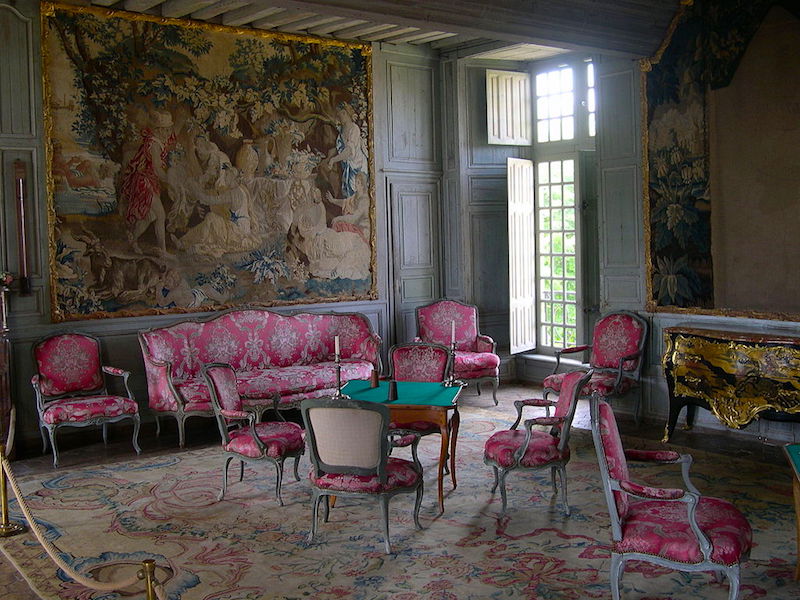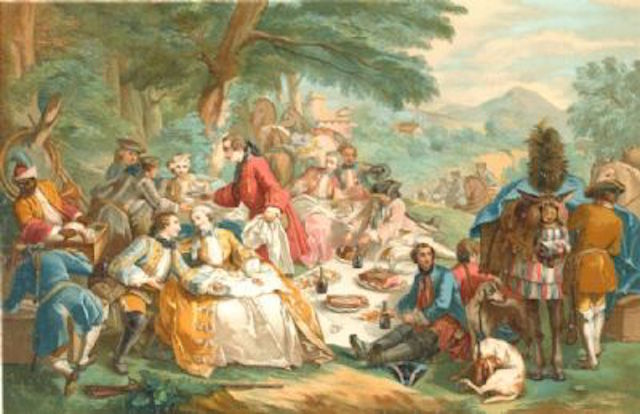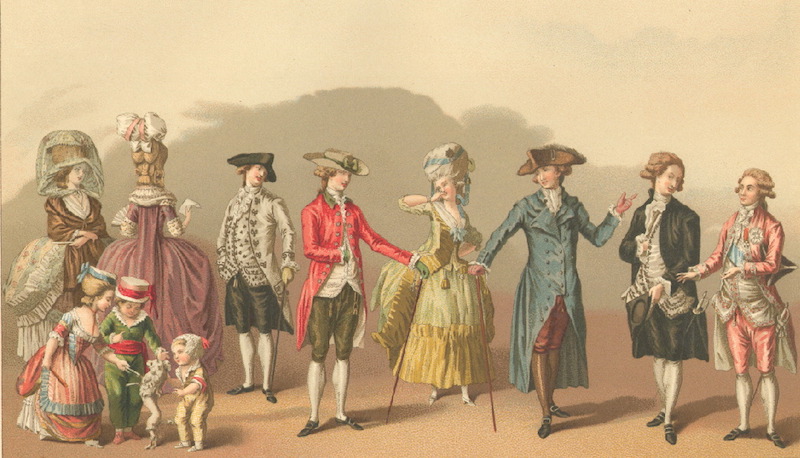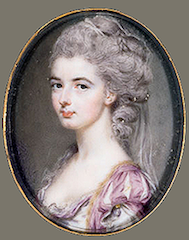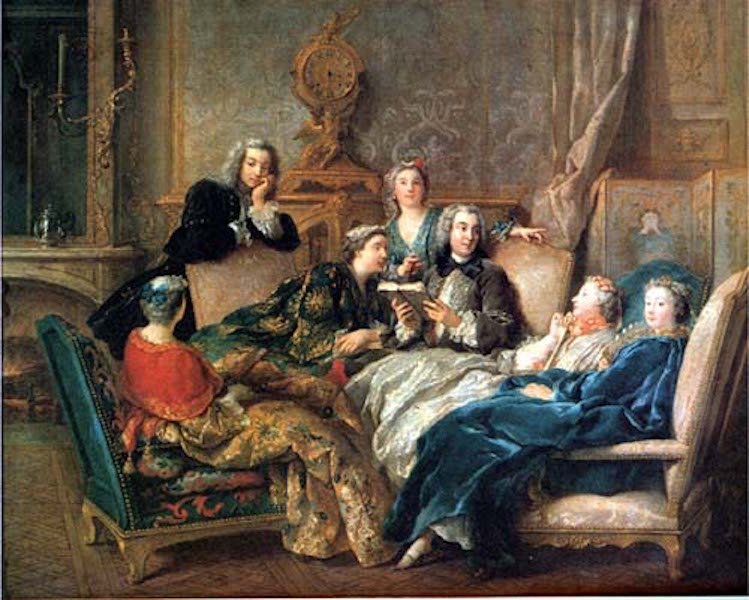La Maréchale d’Aubemer, Nouvelle du XVIIIème Siècle, or The Widow of Field Marshal d’Aubemer: A Novella of the 18th Century, posthumously published in 1867, is a novel by the author and memoirist Madame de Boigne, born Adélaïde d’Osmond (1781-1866). Mine is the first English translation, available here for the first time anywhere.
In Chapter 4, the Maréchale d’Aubemer’s niece attends her first ball in Paris.
THE WIDOW OF FIELD MARSHAL D’AUBEMER: A NOVELLA OF THE 18TH CENTURY
CHAPTER FOUR
A Ball
The end of Carnival brought the day destined for the English ambassadress’s ball. It was to be the last as well as the most splendid one of the season, and the ladies set to work so as to be able to shine at it.
First thing in the morning, a young woman from Mademoiselle Augustine, the renowned couturiere, had brought an exquisite ball gown to Mme de Saveuse’s, wishing to be informed at what hour she should come back to dress her. Mademoiselle herself would personally put the finishing touches on Madame la Comtesse’s ensemble. The latter would gladly have declined these services had she not recognized in them her aunt’s solicitude. She thus accepted, indicating an hour that very much surprised Mlle Augustine’s young woman, who was accustomed to seeing ladies wearing such elegant gowns not arrive at a ball until such time as their entrance would create the greatest sensation. Mme de Saveuse, however, intended to go and wait at the Hôtel d’Aubemer until Mme de Montford came to take her to the English ambassador’s residence, not thinking of the danger of mussing her dress. The Duchesse had fixed a time that was rather earlier than the Maréchale would have liked, for despite having a great store of good sense, she was too much a woman of the world not to wish for what she called “a brilliant debut” for her niece. She knew that to obtain one it was necessary to display some slight nuance of originality, and, to this end, she desired that with Mlle Augustine’s dress, executed in the purest taste of the fashion of the day and adjusted by that inimitable person herself so as to defy any feminine criticism, the Comtesse Lionel should keep her customary hair style in order to be more beautiful and also to attract attention. This hair style, consisting of loose plaits and large ringlets, which could not be imitated without such magnificent hair as her niece’s, would have to be nearly unique to Mme de Saveuse and would assure a lasting impact. The difficulty, which the Maréchale felt keenly, was in getting her niece to enlist in the plan, and she manoeuvred with requisite skill. She had managed to recount in front of her niece several instances of the tardiness of the hairdressers of Paris, and when the latter came in the morning to thank her for her charming gown, Mme d’Aubemer said to her with an air of indifference, “I thought, my child, that since she’s having the goodness to escort you, it wouldn’t be polite to keep Mme de Montford waiting because of some hairdresser’s lateness of the kind we’ve been talking about recently, and in the event that yours doesn’t turn up, there would be no inconvenience in putting up your hair the way you do it every day, only, in order to look sufficiently dressed up, you would replace your tortoise-shell comb with this one; that way, you would look very presentable.” She handed Mme de Saveuse a superb diamond hair-comb and said no more about her hair-do.
Continue reading


